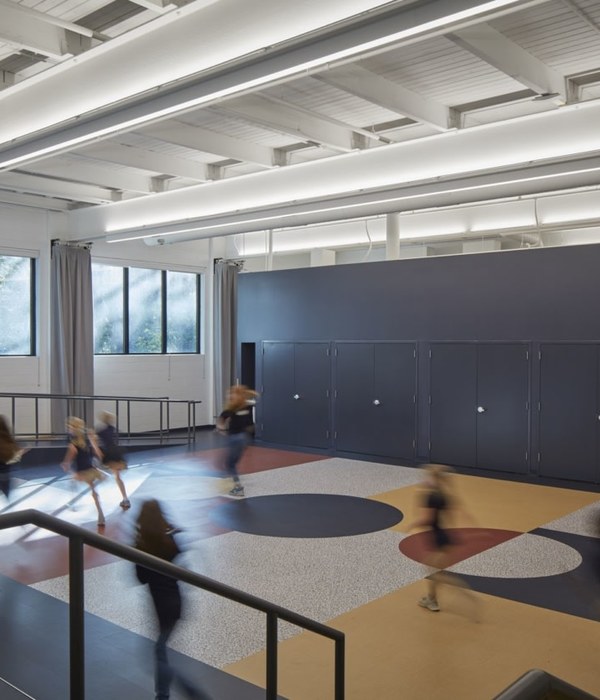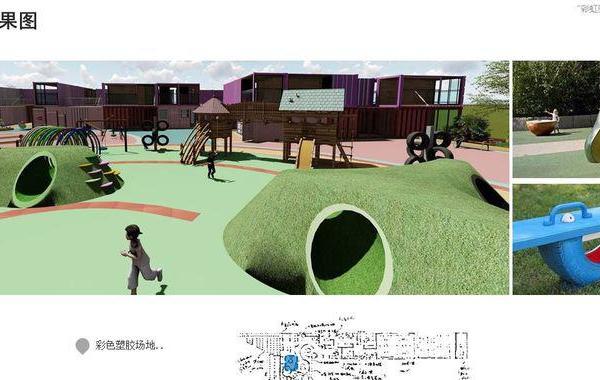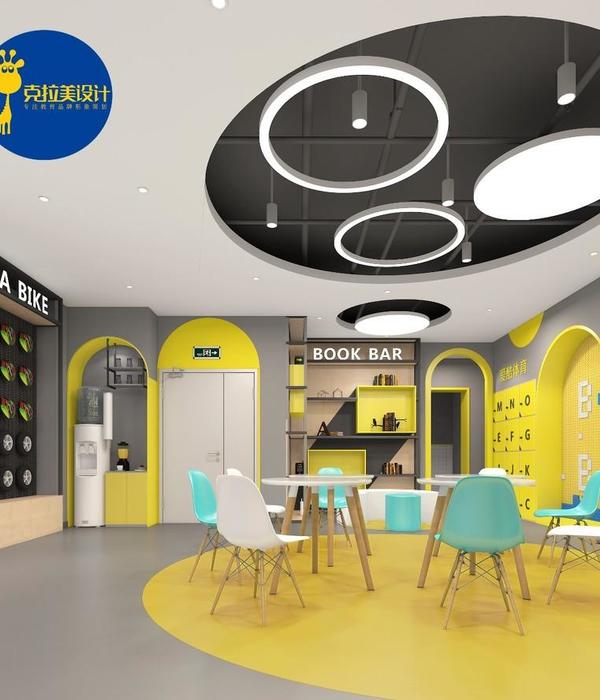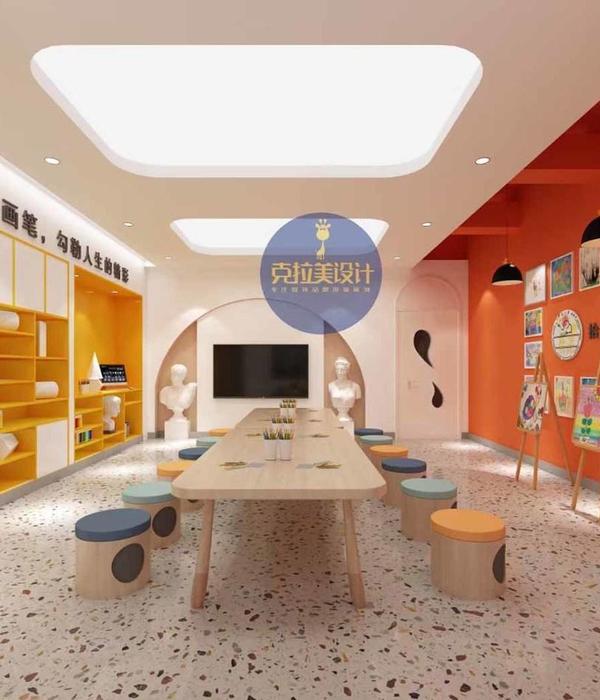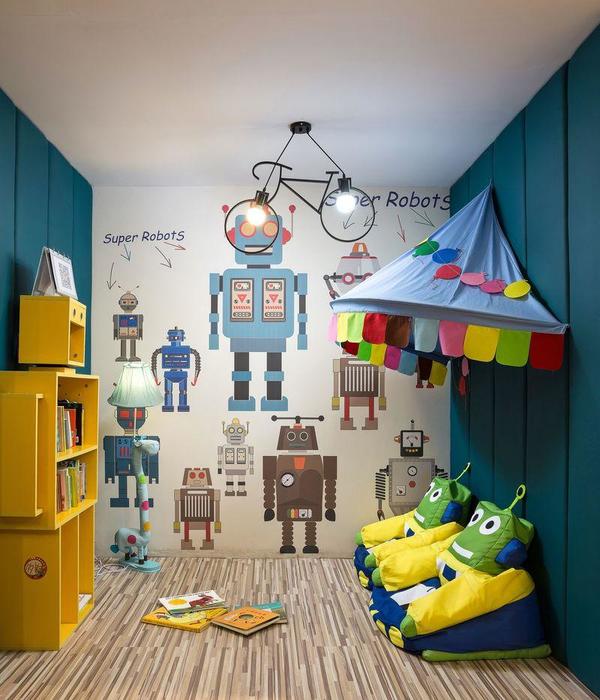Architects:Safdie Architects
Area :44000 m²
Year :2022
Photographs :Timothy Hursley, Pedro Kok
Acustic Consultant :Harmonia Acustica, Acentech
Horticulturist :Sue Minter
Lighting :Studio Ix, LAM PARTNERS
Environmental Engineer :CA2 Consultores, Atelier Ten
MEP Engineering :MHA Engenharia, Arup
Structural Engineering :BRZ Experts, Avila Engenharia, Thornton Tomasetti
Landscape :Isabel Duprat Arquitetura Paisagistica
Client : Sociedade Beneficente Israelita Brasileira Albert Einstein
Audiovisual Design : Acústica & Sônica
Wayfinding And Signage : Claudio Novaes, Roll Barresi
Skylight Provider And Installation : Seele GmBH
Facade : Thornton Tomasetti, Crescencio
Programming & Interior Architect : Perkins & Will
City : São Paulo
Country : Brazil
“The center afforded us the opportunity of designing an enlightened space for learning and research, one where interactive exchange, and a strong connection to nature could foster the next generations of medical leaders.” – Moshe Safdie
Educational and Research Program. The program brings medical, nursing, and graduate studies, as well as medical research activities all under one roof, connected directly to the main hospital complex. The AEERC project reflects Einstein’s interdisciplinary approach to education, research, and healthcare delivery, and their perspective on how medicine should be taught and practiced in the 21st century. The project provides 40 technology-supported classrooms, divisible by operable partitions with flexible furniture configurations that facilitate team-based learning for 30 to 60 students. Other educational facilities include a 400-seat multi-purpose auditorium, academic laboratories for the study of anatomy and morphology, as well as state-of-the art simulation facilities to replicate examination rooms, clinics, and operating rooms. The medical and nursing mixed curriculum, in which doctors and nurses study together in the same facilities, serves 2,000 students.
State-of-the-art research facilities include laboratories for Experimental Molecular Biology, including a Tissue Culture facility and 2 Biosafety Level 2 (BSL-2) rooms; Nanotechnology; Flow cytometry facility; Microscopy Facility; Genomics Facility; Clean Rooms for Cellular Research and Gene Therapy. Laboratories are equipped with modular lab furniture systems and adaptable service modules for flexibility.
Skylight Structure and Shading. The 3,800-square-meter glass roof is designed as three integrated structural domes, which act as a grid-shell to efficiently vault 86m+ with minimum structural steel weight. The roof is designed as an assembly of layers that filter sunlight, mitigate heat, and absorb sound. The outer skylight is made up of 1,854 ultra-transparent glass panels, coated with triple-silver solar protection to reduce heat gain, and printed with a pattern of translucent ceramic dots to shade sunlight. The glass has minimal reflectivity to avoid disturbing exterior reflections.
The inner layer of the roof is a transparent membrane, micro-perforated to absorb noise and printed with a custom pattern of translucent dots that provide shading, but also glow in the light. The increasing density of dots towards the East and West ends shades low-angle sun, while the central dome is entirely clear, allowing full sunlight to reach the denser planting in the center garden. As seen from below, the overlapping layers of dots are like seeing dappled sunlight through the overlapping leaves of a tree, evoking the feeling of being under a tree canopy.
Brises Soleil. A continuous full-height glass façade gives extensive daylight to both labs and classrooms. The enclosure is designed such that alternating floors are either shaded by deep overhangs or screened by brises Soleil to control daylight and glare while preserving views of the neighborhood. The airfoil shape of the louvers, as well as their angle and spacing, was developed using computer sun studies and tested with full-scale physical models. The louvers are oriented either diagonally or horizontally, depending on the orientation of each façade to the path of the sun. Interior operable solar shades and black-out shades allow for flexible daylight control.
Environmental Controls. The atrium garden is the heart of the project’s learning, collaboration, and community spaces. A sophisticated environmental control system works to maintain a comfortable and healthy building environment, key to the sustainability goals of the project. The mechanical system was engineered to deliver cooling to the atrium only where required, at low level and at low velocity, to maximize comfort, control humidity, and minimize energy usage. The environment was also designed to balance humidity levels in the building, provide comfort, support plant needs, and also control humidity to meet strict laboratory environmental requirements. Extensive fluid dynamic computer simulations were used to model the stratification of heat in the voluminous space, and to simulate the evacuation of smoke in the event of a fire.
Landscape. Designed in collaboration with Brazilian landscape architect Isabel Duprat, the atrium garden is planted with a variety of native species of trees and understory plantings. The terraced planters reinforce the curving geometry of the atrium, appearing as if carved from the earth. The layering of trees and planting creates a variety of spaces, from the social amphitheater and exhibition space to quiet intimate spaces lined with seating around a small fountain. Since a garden of this size with native trees in a fully controlled environment was unprecedented in Brazil, the international landscape, environmental and horticultural team undertook two years of research on various aspects such as species selection, soil mix, planter design, irrigation, maintenance, and control systems, learning from projects like Gardens by the Bay and Project Jewel in Singapore and Kew Gardens and the Eden Project in the UK.
Before being transplanted, plants were acclimatized during a two-year period in a nursery outside of São Paulo, which simulated the light conditions within the atrium. Various species of trees requiring different amounts of sunlight to thrive were positioned in response to a 3D computer model mapping expected daylight levels in different zones of the atrium.In the Atrium, 150+ trees were planted, including: Aspidosperma polyneuron (Peroba rosa), Calycophyllum spruceanum (Capirona), Euterpe edulis (Juçara palm), Plinia cauliflora (Jabuticaba), Holocalyx balansae, Inga sp., Eriotheca candolleana, Lafoensia glyptocarpa, Cryptocarya aschersoniana, Nectandra megapotamica, Poecilanthe parviflora and Schinus mole. Several of the species have medicinal properties used in folk medicine to treat diseases.On the exterior, 180+ trees were planted, including Libidibia ferrea (Pau Ferro – Brazilian Ironwood), Tabebuia roseoalba (White Ipê), Pterocarpus violaceus, (Aldrago), Lecythis Pisonis (Cream nut), Hymenaea courbaril (Jatobá), Handroanthus avellanedae (Pink trumpet), Handroanthus chrysotrichus (Golden trumpet), Caesalpinia pluviosa (Peacock flower), Jacaranda cuspidifolia, Aspidosperma polyneuron,Cariniana rubra, Euterpe edulis, Paubrasilia echinata, Cassia leptophylla and Tibouchina granulosa.
The planting is designed to spill from the atrium out towards the street, with a grove of bamboo extending to the North, and a grove of palm trees to the South. A large Jatobá tree, an environmentally protected native species, was preserved during the construction and relocated to a prominent position near the building’s main entry. The cobblestone floor in the atrium is local Quartzite, recalling paving found in São Paulo’s public parks like the Parque Trianon. At the street edge, moat-like light wells, planted with hanging vines, bring daylight to that classroom and labs below street level. Permeable paving materials are used on all the driveways and sidewalks to absorb rainfall and minimize stormwater runoff.
Materials. Several locally-sourced species of wood are used in the project, including Jequitiba and Jatobá wood for the library and Cedro Rosso for the auditorium. The Imbuia wood used to clad the elevator cores and for custom doors was hand selected from previously harvested lots. Natural rubber flooring is used in the classrooms and labs, in five colors ranging from terracotta red to egg yolk yellow, one color per floor, to define a different character on each floor and help provide orientation. Furniture was locally sourced from Brazil and selected to be modular and mobile to serve the flexible and evolving learning and research program.
▼项目更多图片
{{item.text_origin}}

